Newsletter: Everything you need to know about California’s plan to slash solar incentives
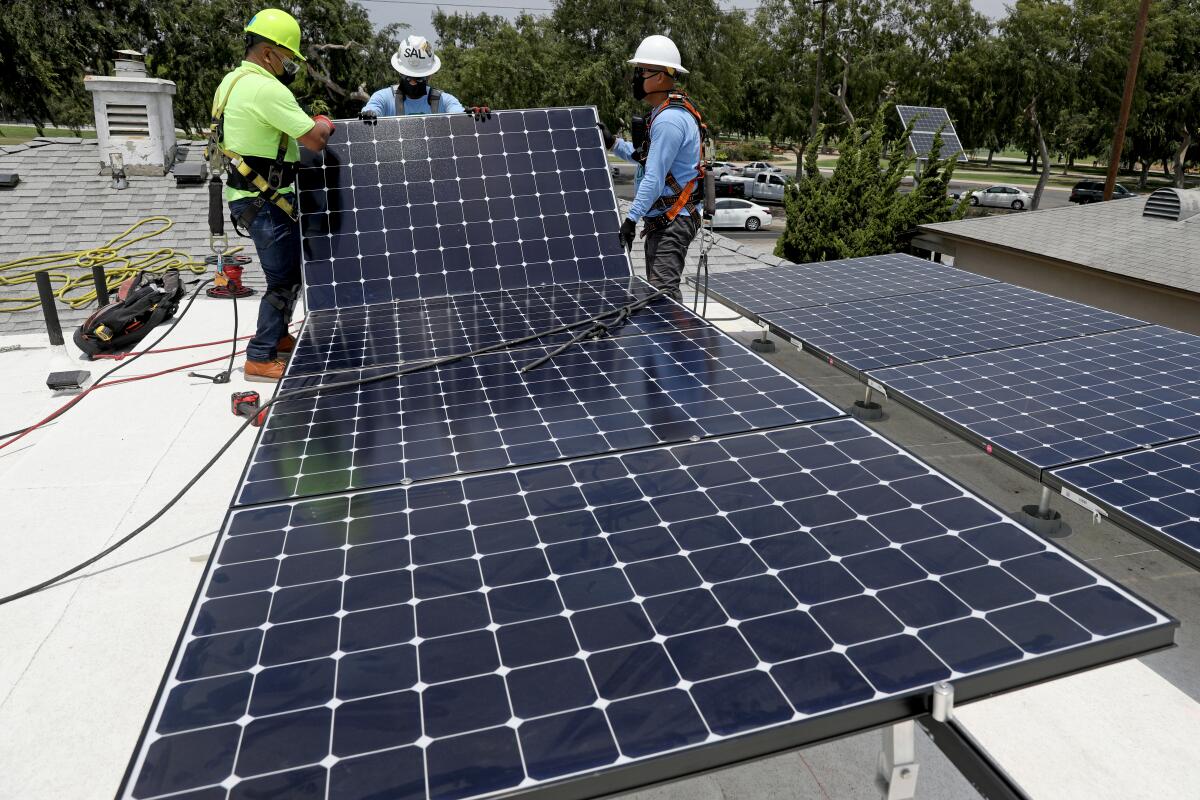
- Share via
This is the Dec. 16, 2021, edition of Boiling Point, a weekly newsletter about climate change and the environment in California and the American West. Sign up here to get it in your inbox.
It’s been two years since California reached 1 million solar roofs, a landmark in the fight against climate change. Now the story of solar power in the Golden State may be approaching another turning point.
The California Public Utilities Commission is poised to overhaul the state’s main solar incentive program, known as net metering. The agency’s proposal would effectively make rooftop solar more expensive, and could be approved as soon as Jan. 27.
Officials say the changes are needed to keep the lights on, prevent electricity rates from rising and encourage people to install batteries, while still growing the solar market. Solar executives say they would backfire and crater a thriving industry.
I wrote about what the changes would look like, and I want to hear what you think. Let me know by filling out this brief survey.
I’ll share some of the responses in a future newsletter.
Scroll down to hear what some of the key players in the rooftop solar debate have to say, followed by the rest of this week’s top stories. But first, here’s what the Public Utilities Commission’s proposed decision would do:
- Reduce payments to solar customers who send electricity to the power grid when their systems generate more than they need. Instead of being compensated at the retail rate — the same rate they pay for electricity from the grid — newly enrolled net metering customers would be paid at the much lower “avoided cost” rate. That would amount to about 5 cents per kilowatt-hour of electricity, down from 20 to 30 cents today, according to the California Solar & Storage Assn.
- Add a monthly “grid participation charge” of $8 per kilowatt for homes (but not businesses) that install solar. A home with a six-kilowatt system would be charged $48 per month, or $576 per year. Low-income and tribal homes would be exempt.
- Add a temporary “market transition credit” to lessen some of those higher costs for households that want to go solar. The credit would be available for four years, with homes that install solar panels locking in the savings for a decade. In Southern California Edison territory, the credit would start at $5.25 per kilowatt of solar for low-income customers and $3.59 per kilowatt for everyone else, before decreasing each of the next three years. For Pacific Gas & Electric customers, the credits would start at $4.36/kW and $1.62/kW, respectively. San Diego Gas & Electric customers wouldn’t receive any credits, because the commission believes solar is already cost-effective enough for them due to the utility’s especially high electricity rates.
- Require homes that already have solar panels to switch from the existing net metering program to the new program described above — known as “net billing” — no later than 15 years after their systems were installed. Low-income homes could keep operating under the more favorable terms of the old program for 20 years after installation.
- Create a “storage evolution fund” to encourage homes and businesses that already have solar to add batteries. Utility customers currently enrolled in net metering would receive rebates of $200 per kilowatt-hour for installing an energy storage system — but only if they switch to the newly revised solar incentive program within four years. The rebate would drop the longer they wait. For a typical residential battery system of 13 kilowatt-hours, the rebate would start out at $2,600.
- Create an “equity fund” that would spend as much as $600 million over four years bringing clean energy to low-income and polluted neighborhoods. The details would be worked out later, with the utilities holding a workshop to solicit input.
- Allow homes and businesses to install solar systems big enough to meet 150% of their energy demand, to help fuel electric cars or electric heating systems they might add later. That’s much bigger than is currently allowed.
Another key change: Homes and businesses that already have solar (or go solar under the new rules) would pay higher rates for electricity from the grid during some times of day and lower rates at other times. All monopoly utility customers are currently shifting to these “time of use” rates, to encourage energy consumption when supplies are abundant and discourage it when supplies are tight. But solar homes would see an especially high difference between “peak” and “off peak” rates. In Edison territory, they’d pay 48 cents per kilowatt-hour on summer weekday evenings, compared to 19 cents on winter mornings.
And one more thing: Only customers of Edison, PG&E and Sempra Energy subsidiary SDG&E would be affected by the new rules. Solar homes served by publicly owned utilities such as the Los Angeles Department of Water and Power wouldn’t see any changes.
If you’re served by a government-run “community choice” agency — such as Clean Power Alliance in Los Angeles and Ventura counties, which uses Edison’s network of poles and wires to bring you electricity — you’d have to pay the new monthly “grid participation fees.” But the compensation rate for your solar power would drop only if local elected officials decide it should.
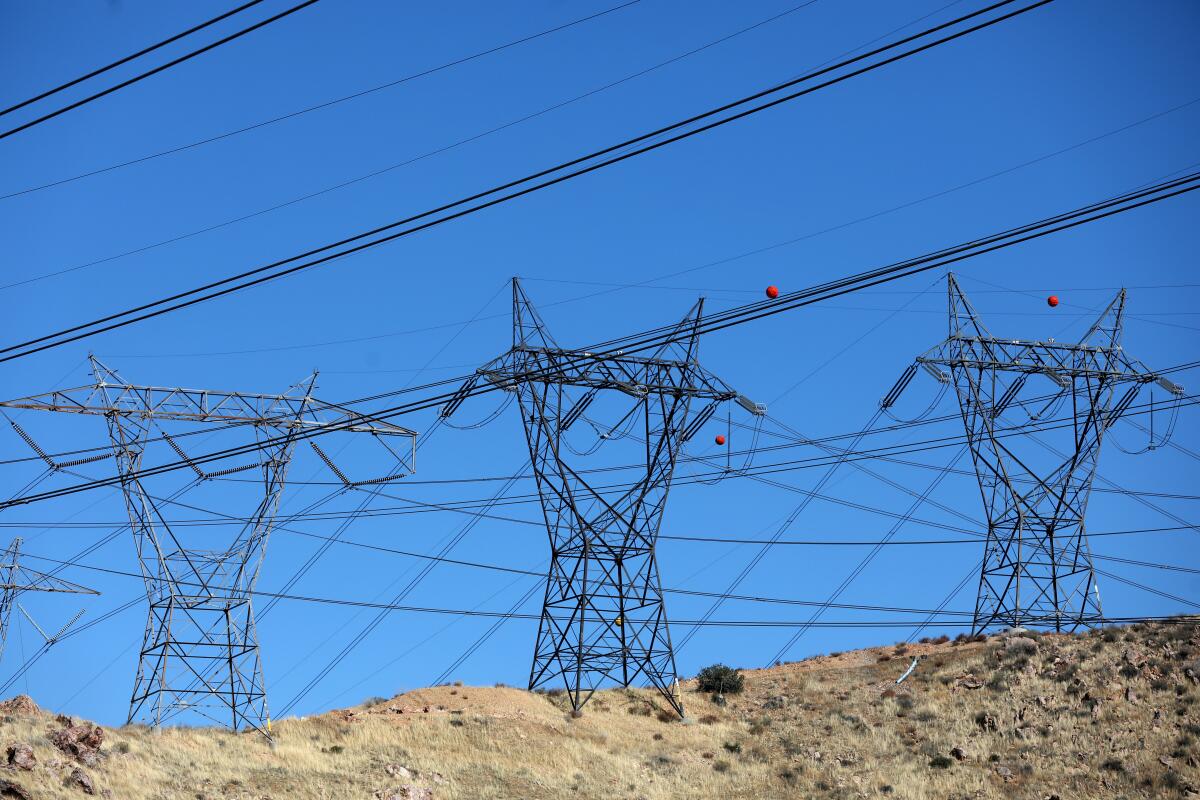
Again, fill out this survey to let me know what you think — and if you’re still not sure, check out what all these folks have to say:
Environmental advocacy groups
The Sierra Club isn’t happy. Neither are the Climate Center, Coalition for Community Solar Access, Environment California, Environmental Working Group and Vote Solar, all of which issued news releases slamming the proposed decision.
The Save California Solar Coalition — whose members include hundreds of groups focused on climate action, public health, conservation, equitable housing and more — called the state agency’s proposal “a giveaway to investor-owned utilities.”
Especially interesting is the Sierra Club’s position, which doesn’t align neatly with either the solar industry or the utility industry. The club had previously proposed gradually lowering compensation payments to new solar customers. It had also joined with advocacy group Vote Solar and nonprofit installer Grid Alternative to propose higher compensation rates for low-income homes.
The utilities commission’s plan wouldn’t do either of those things. Instead, it fully endorses the “cost shift” argument made by utility companies and others — that net metering leads to higher electricity rates for Californians who can’t afford solar.
“The ‘cost shift’ narrative has been wildly overblown,” Sierra Club attorney Katherine Ramsey told me. “We recognize that this program needs to be updated in order to reduce non-participant impacts. But at the end of the day, we need more rooftop solar.”
Natural Resources Defense Council
At least one major environmental group is pleased with the decision. That would be the Natural Resources Defense Council, or NRDC, which largely agrees with the utility industry that net metering is a massive giveaway from the poor to the rich.
NRDC senior scientist Mohit Chhabra told me he’s especially pleased with the $600-million equity fund, which he expects will help pay for solar panels for low-income homes. He sees that as a better model than the Sierra Club’s proposal, because it would make it easier for low-income families to buy solar systems rather than lease them, and thus reap more of the long-term savings.
Chhabra says the primary goal of net metering shouldn’t be to add as much rooftop solar as possible — it should be to meet California’s overall climate goals, which will require a lot of rooftop solar but also many other forms of clean energy. That includes large solar and wind farms that generate renewable power at a lower cost than rooftop systems due to economies of scale.
“Cheap, clean, pollution-free electricity for everybody is the first step. And then do your best to make sure solar is distributed equally,” Chhabra said. “Don’t flip those two things.”
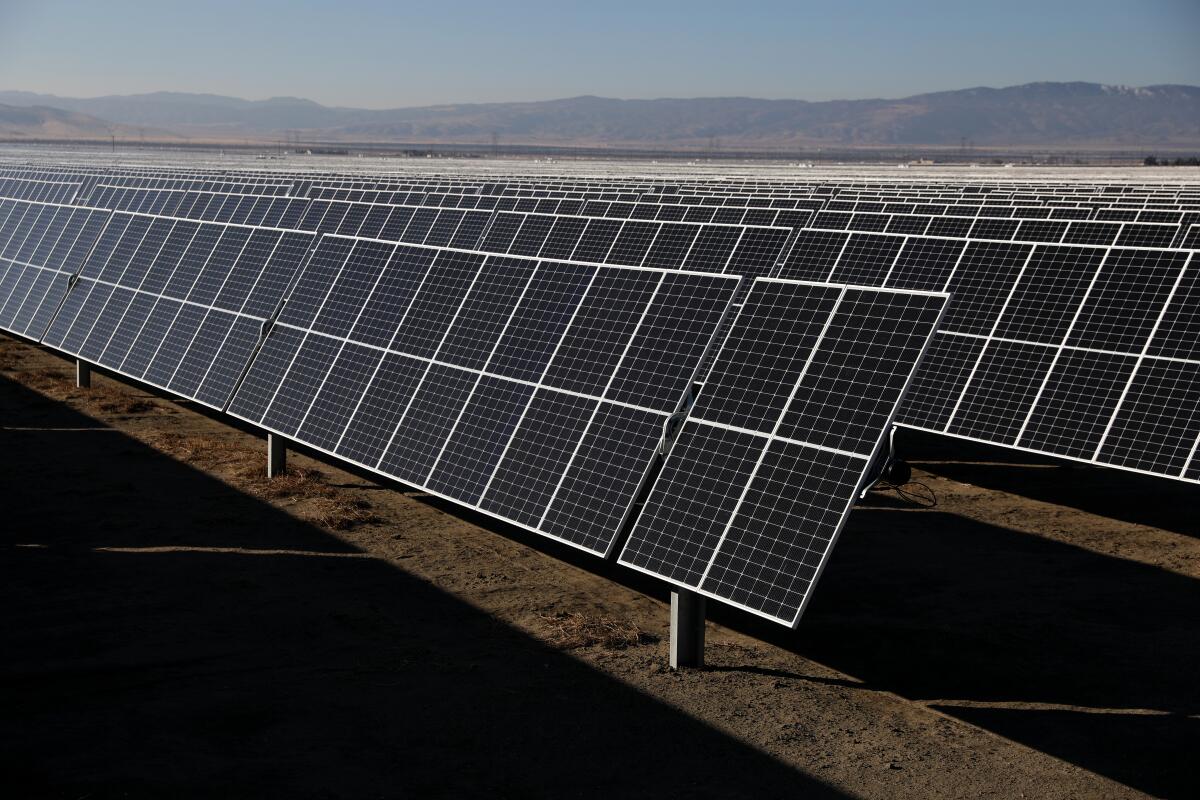
Utility industry
In a written statement, Edison called the proposal “a meaningful step” that will “reduce the financial burden on non-solar customers who have subsidized net energy metering by significantly overpaying rooftop solar customers.” PG&E offered similar praise, saying the current system has “resulted in deep inequities between customers with rooftop solar and those without.”
SDG&E was more circumspect, saying it would “reserve comment until our experts have an opportunity to review the 204-page proposed decision and evaluate its impact to our customers.”
Then there’s the Affordable Clean Energy for All campaign, which lists more than 100 diverse supporters, but whose sole funders are the utility companies. Campaign spokesperson Kathy Fairbanks said the proposed decision “recognizes we can grow rooftop solar in California while taking steps to reduce inflated subsidies that have put an unfair cost burden on renters, seniors, disadvantaged communities and other working Californians who don’t have the ability or means to install rooftop solar systems.”
Solar industry
After writing my initial story, I talked with Brad Heavner, policy director for the California Solar and Storage Assn.
He told me one of the utilities commission’s biggest mistakes is assuming that rooftop solar costs $2.34 per Watt, based on data from the National Renewable Energy Laboratory. He pointed to a different data set from Lawrence Berkeley National Laboratory showing that installed system costs actually hit $3.87 per Watt in California last year, which he described as closer to reality.
He also said new solar homes would be hit with higher fees than the commission is letting on, paying an additional $12 per month in Edison territory and $16 per month in SDG&E territory thanks to their time-of-use electric rates (with PG&E customers getting off scot-free, at least initially). That would bring new monthly fees for non-low-income homes to $38 for typical Edison and PG&E customers and $64 for typical SDG&E customers, after accounting for the new credits.
Then there’s the reduced payment rate for electricity exported to the grid. Heavner estimated a typical new solar customer would see overall compensation drop by $675 per year in Edison territory, $985 in PG&E territory and $1,290 in SDG&E territory.
Heavner did some spreadsheet math and estimated how those changes would affect the typical payback period — ie. how long it takes solar customers to make back their upfront investments through lower bills. He calculated a 19-year payback for Edison customers and 16 years for PG&E customers — far short of the 10 years the commission said it is targeting (except for an estimated nine-year payback in SDG&E territory). For low-income homes, paybacks would be 11 or 12 years regardless of utility.
For comparison, payback periods currently hover around five years.
Again, these are the solar industry’s estimations. But they help explain why rooftop solar advocates are so exasperated.
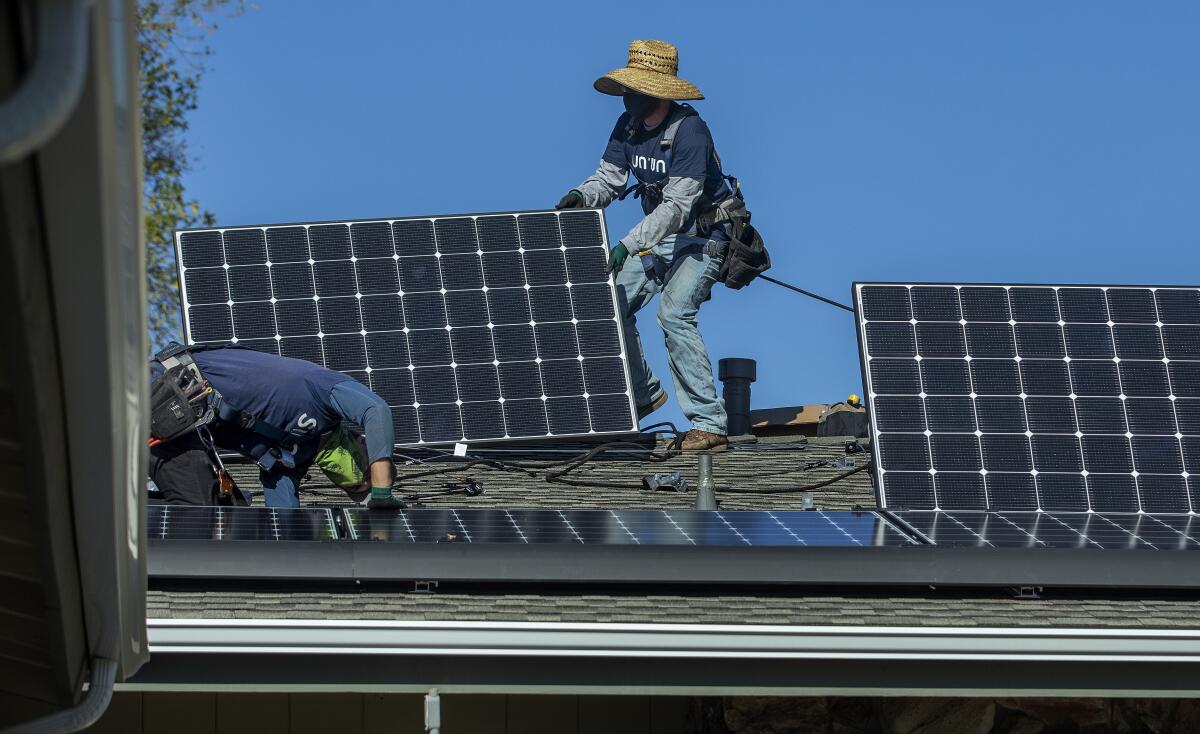
Consumer watchdogs
Let’s start with Matthew Freedman, an attorney at the Utility Reform Network. The San Francisco-based ratepayer advocacy group spends much of its time fighting the utilities on rate increases — but it largely agrees with its adversaries on net metering.
Freedman thinks a 10-year payback period is a good target, and he’s open to increasing the “market transition credit” if the commission used flawed data, to make sure 10 years is what consumers get. He thinks the commission could have come up with a better mechanism to support solar than the transition credit, but he’s glad low-income homes would receive a larger credit.
“I think 10 years is fair for people to get their money back,” Freedman told me. “Customers don’t need that subsidy forever to invest in solar. Once customers make their money back, everything is gravy on top of that.”
Mike Campbell, a program manager at the commission’s Public Advocates Office, also had positive things to say. He called the proposal “a positive step in addressing the inequities in the current net energy metering program,” saying it would compensate solar customers fairly while advancing the state’s climate goals — in part by encouraging solar homes to install batteries.
I also checked in with Severin Borenstein, a UC Berkeley energy economist and net metering critic. He told me the commission’s plan does “a good job addressing the cost shift inequity,” but he also emphasized a larger point: that electricity rates are far higher than they should be for monopoly utility customers, and fixing net metering is like a Band-Aid for this bigger issue.
Right now, Borenstein said via email, Californians pay electric rates that cover all sorts of utility expenses that have nothing to do with generating power, from clean energy subsidies to projects that reduce the risk of wildfires. He thinks those “fixed” costs should be paid by everyone, allowing for lower electricity rates overall. That might mean less motivation to install solar, but it would also make people more likely to invest in electric vehicles and electric heating — key parts of California’s climate strategy.
“If state leaders still want to prioritize rooftop solar, they could avoid shifting costs onto low and middle income households ... by subsidizing rooftop systems directly, and transparently, with a program covered by the state budget,” Borenstein wrote in June.
Homebuilding industry
In 2018, California became the first state to require solar panels on most new homes. But that requirement was predicated on solar-powered homes being “cost effective” — and the California Building Industry Assn., a trade group for homebuilders, says the proposed changes to net metering might jeopardize the legality of the mandate by making solar no longer cost effective.
The group sent a letter to the Public Utilities Commission last month warning that fixed monthly charges for solar customers — like the ones the commission has now proposed — would “severely impact the financial viability” of rooftop solar on newly built homes. The trade group recommended “a steady glide path with small increments on any additional fees to customers.”
Dan Dunmoyer, the group’s CEO, told me he has a unique vantage point because his members include not only homebuilders but also utilities and rooftop solar installers. He agrees that some changes to net metering are warranted, but he also wants the solar mandate to succeed. While his group is still analyzing the proposal, his first impression is that it could be a recipe for failure.
“If you’re paying $500 or $600 that you weren’t paying before this change [to net metering], what does that do to families that are trying to balance their family budgets?” Dunmoyer asked.
The California Energy Commission, which crafted the solar mandate, is “evaluating the impacts of the [net metering] proposal on the cost effectiveness of the energy code,” spokesperson Lindsay Buckley told me via email.
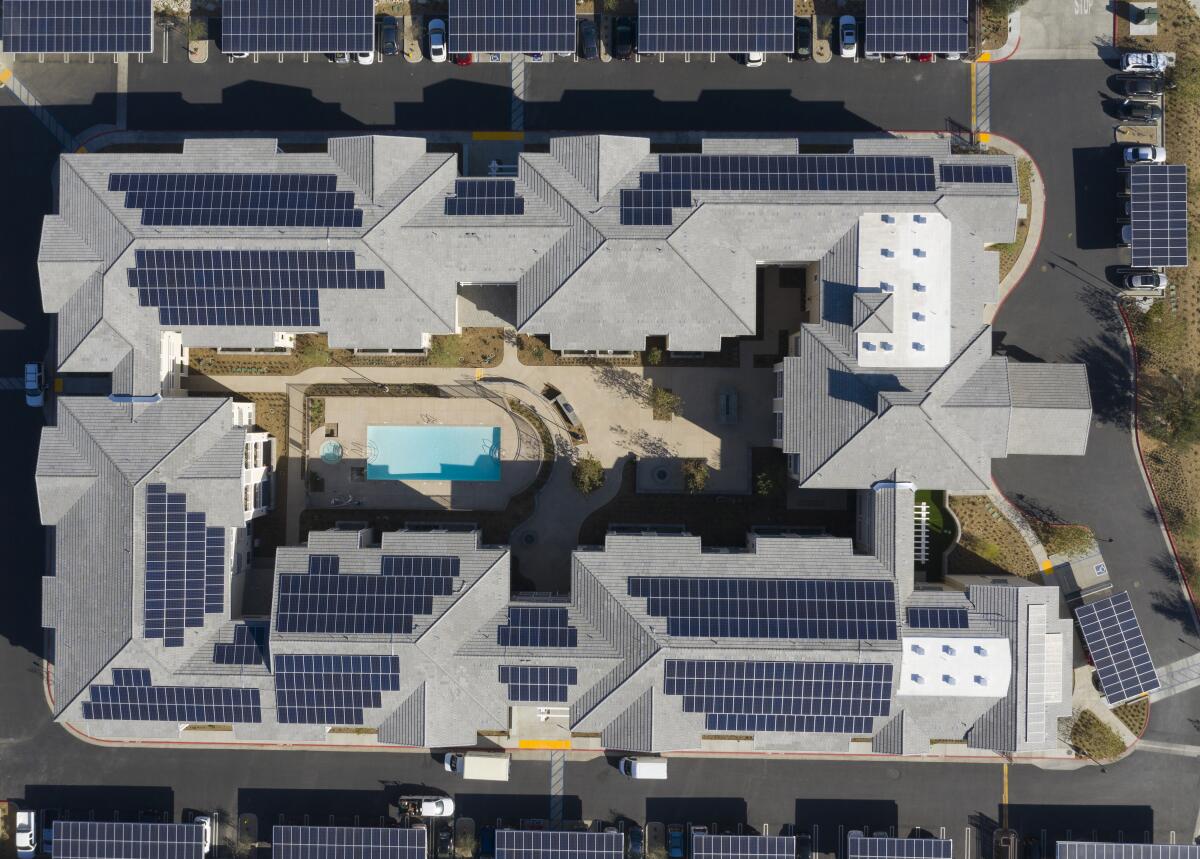
Wall Street
Within 12 hours of the utilities commission releasing its proposal, Morgan Stanley put out an analysis.
The investment bank wrote that the agency’s net metering plan “would in our view be heavily damaging to near-term rooftop solar growth and margins.” Morgan Stanley analysts called the proposed monthly fees “surprisingly high,” saying they would “largely to completely eliminate the economic benefits of rooftop solar in California, absent the inclusion of storage.”
At the same time, “storage can provide a longer-term offset,” they wrote. For Sunrun in particular — the nation’s largest rooftop solar installer, based in San Francisco — Morgan Stanley projected that by 2024, “the company will have sufficient storage volumes to offer all prospective California customers the ability to include storage with solar,” which would save customers money.
Gov. Gavin Newsom
Rooftop solar advocates want the governor to exert his influence over the Public Utilities Commission and compel the agency to keep net metering largely unchanged. But they might find themselves disappointed. Newsom spokesperson Erin Mellon told me the governor “does not direct independent boards or individuals on how to handle any issues that are in front of them.”
OK, now that you have all that information: Fill out our survey and make your voice heard.
At long last, here’s what else is happening around the West:
TOP STORIES

A frenzy of well drilling by California farmers is laying waste to the San Joaquin Valley’s water supplies. A breathtaking new L.A. Times analysis by my colleagues Maria L. La Ganga, Gabrielle LaMarr LeMee and Ian James finds that household drinking water wells are drying up at an alarming rate, and deep flaws in the state’s Sustainable Groundwater Management Act are partly to blame. “The sobering results show a region in which agriculture has vastly outgrown its water supply,” they write. Ian also reports that state officials recently told four San Joaquin Valley agencies their plans for bringing groundwater aquifers into balance are inadequate, and that even some architects of the sustainable groundwater law now acknowledge its shortcomings.
Winter storms have seemingly brought California’s wildfire season to an end. My colleague Alex Wigglesworth writes that Southern California was largely spared from big fires this year, and despite devastating blazes elsewhere in the state, only three people died overall. In other good news, Hayley Smith reports that California’s Giant Forest is now open to visitors after flames tore through the ancient sequoias. Nathan Solis also has a hopeful tale of volunteers planting Joshua tree seedlings after a climate-fueled fire devastated the desert species in Mojave National Preserve. Of course, the intense rain that put the kibosh on fire season brought its own problems, including mud and debris flows near wildfire burn scars and at least one person swept up by a tributary of the surging L.A. River. And as one climate scientist told Hayley, the storm was healthy but “not a drought-buster.”
California Assemblymember Cristina Garcia plans to introduce legislation that would ban freeway expansions in polluted low-income neighborhoods. Here’s the story from The Times’ Liam Dillon and Ben Poston, whose previous investigative reporting on highway projects displacing people of color — and polluting the air they breathe — prompted Garcia’s bill.
WATER IN THE WEST

The Kern River was once a thriving oasis for migrating birds and tule elk. It’s now mostly dried up by farm water withdrawals as it flows through Bakersfield, but local activists are campaigning to bring a flowing river back to the San Joaquin Valley city, as Ian James reports in a beautifully told story with photos by Gary Coronado. Activists say a flowing river “would nourish a green corridor in the heart of the city, enabling people to wade, kayak and picnic on the banks,” and also provide much-needed habitat.
California, Arizona and Nevada struck a $200-million deal to leave more water in Lake Mead and hopefully prevent harsher cutbacks on the Colorado River. Details here from The Times’ Jaweed Kaleem and Ian James, who say the agreement involves leaving 1 million acre-feet of water in the reservoir. In related news, the Arizona Republic’s Debra Utacia Krol writes that Arizona Sen. Mark Kelly introduced a bill that would allow the Colorado River Indian Tribes to lease some of their Colorado River water to non-tribal cities and farms. The Las Vegas Review-Journal’s Blake Apgar also notes that the bipartisan infrastructure bill approved by Congress could help fund a Southern California water recycling project designed to prop up Lake Mead.
Amplify Energy has been charged with negligence in the October oil spill that polluted waters off the Orange County coast. My colleagues Richard Winton and Laura J. Nelson report that a federal grand jury has accused Amplify and two subsidiaries of illegally discharging oil from an undersea pipeline. The companies “allegedly shut down and then restarted the pipeline five times after the first five alarms were triggered, resulting in oil flowing through the damaged pipeline for a cumulative period of more than three hours,” Richard and Laura write. Amplify said its workers thought the leak detection system was malfunctioning.
POLITICAL CLIMATE
California officials voted to ban the sale of new gas-powered leaf blowers and lawn mowers starting in 2024 and portable generators by 2028. Small gas-powered engines create a stunning amount of smog-forming pollution — as much as all light-duty passenger cars in California, The Times’ Phil Willon writes in his story. But landscapers say cleaner alternatives are prohibitively expensive, while other critics say portable generators are crucial for keeping the lights on during wildfire-driven power outages.
Californians will soon have to separate out their food waste for composting, to reduce climate pollution from landfills. In a fun bit of wordplay, my colleague James Rainey explains that Golden State residents “will pay a price if they confuse trash you can use with trash you should lose.” The other option is to create less waste in the first place. If you missed this a few weeks ago, like I did, Ronald D. White had a great story on “Buy Nothing” devotees, plus an explainer on how to find a local Buy Nothing group.
President Biden signed an executive order calling for a 65% cut in climate pollution from federal operations by 2030. The order also sets targets of 100% clean electricity to power government buildings by 2030 and an all-electric fleet of government vehicles by 2035, Matthew Daly reports for the Associated Press. That would all be a big deal if it happened. In other news, the Biden administration is raising the minimum wage for federal contractors to $15 an hour, which could help employees of 40,000 companies that operate on federal lands, including raft guides and ski lift operators, per the Salt Lake Tribune’s Zak Podmore.
AROUND THE WEST
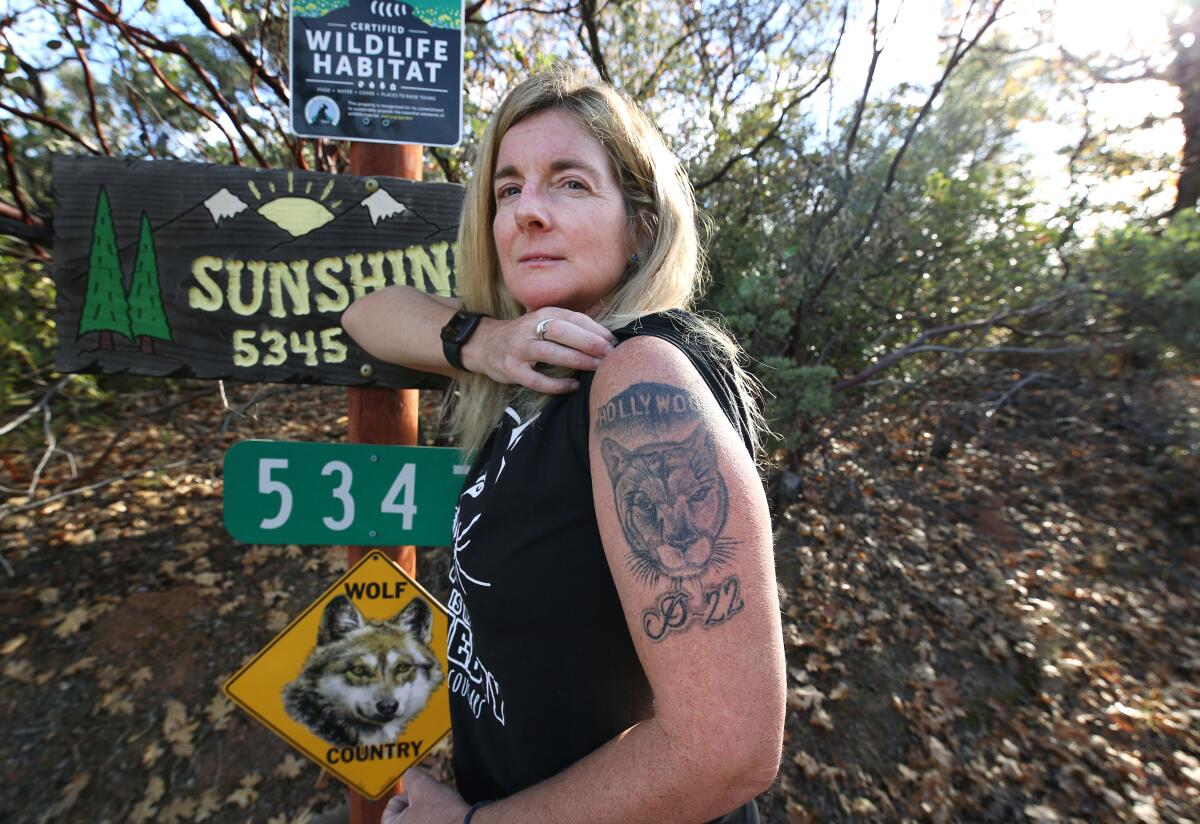
Beth Pratt has raised millions of dollars to build a wildlife crossing over the 101 freeway and help mountain lions thrive in Los Angeles. My colleague Louis Sahagún profiled the colorful activist, who has a tattoo of the iconic Griffith Park-roaming cougar known as P-22 and once gave the actor Viggo Mortensen a furry P-22 figurine. See also this good news/bad news story by Gregory Yee about two mountain lion kittens that were recently rescued and rehabilitated, even as two of their siblings didn’t make it.
If you’re thinking about getting an electric car and live on or near the West Coast, check out this piece by the Seattle Times’ Hal Bernton. He wrote about what it was like driving from Portland to Carson City, Nev., in his electric vehicle. Despite some early hiccups, he felt a lot better about the car’s range (and the availability of charging stations) by the end of the journey.
This isn’t exactly “the West,” but I bet you’ll be interested to learn that Nebraska is now the first red state with a 100% clean energy target. Grist’s Zoya Teirstein explained how it came about, with the short version being that Nebraska is the only state where all electric utilities are publicly owned, and it was the elected directors of those utilities who adopted the 100% goal. It’s also worth keeping in mind that setting such a target is no climate panacea. Just look to the Pacific Northwest, where Oregon, Washington and British Columbia have fallen far behind on their climate goals, Peter Fairley reports for InvestigateWest.
ONE MORE THING

I recently had the pleasure of visiting the Charles M. Schulz Museum in Santa Rosa for the first time, with my brother’s family. As a longtime “Peanuts” fan (who isn’t?), I loved the comic strip history, the artwork and the creative landscaping and architecture.
I also took note of the solar panel shade structures in the parking lot. So that’s what came to mind when I realized this week that the Schulz Museum is part of the Save California Solar campaign, which is fighting to keep net metering largely unchanged.
To be clear, I’m not saying the pro-net metering folks are in the right because they’ve got the caretakers of Snoopy and Charlie Brown on their side. But this felt like a good excuse to end the newsletter with “Peanuts.” And who can’t get behind that?
We’ll be back in your inbox next week. If you enjoyed this newsletter, please consider forwarding it to your friends and colleagues.




